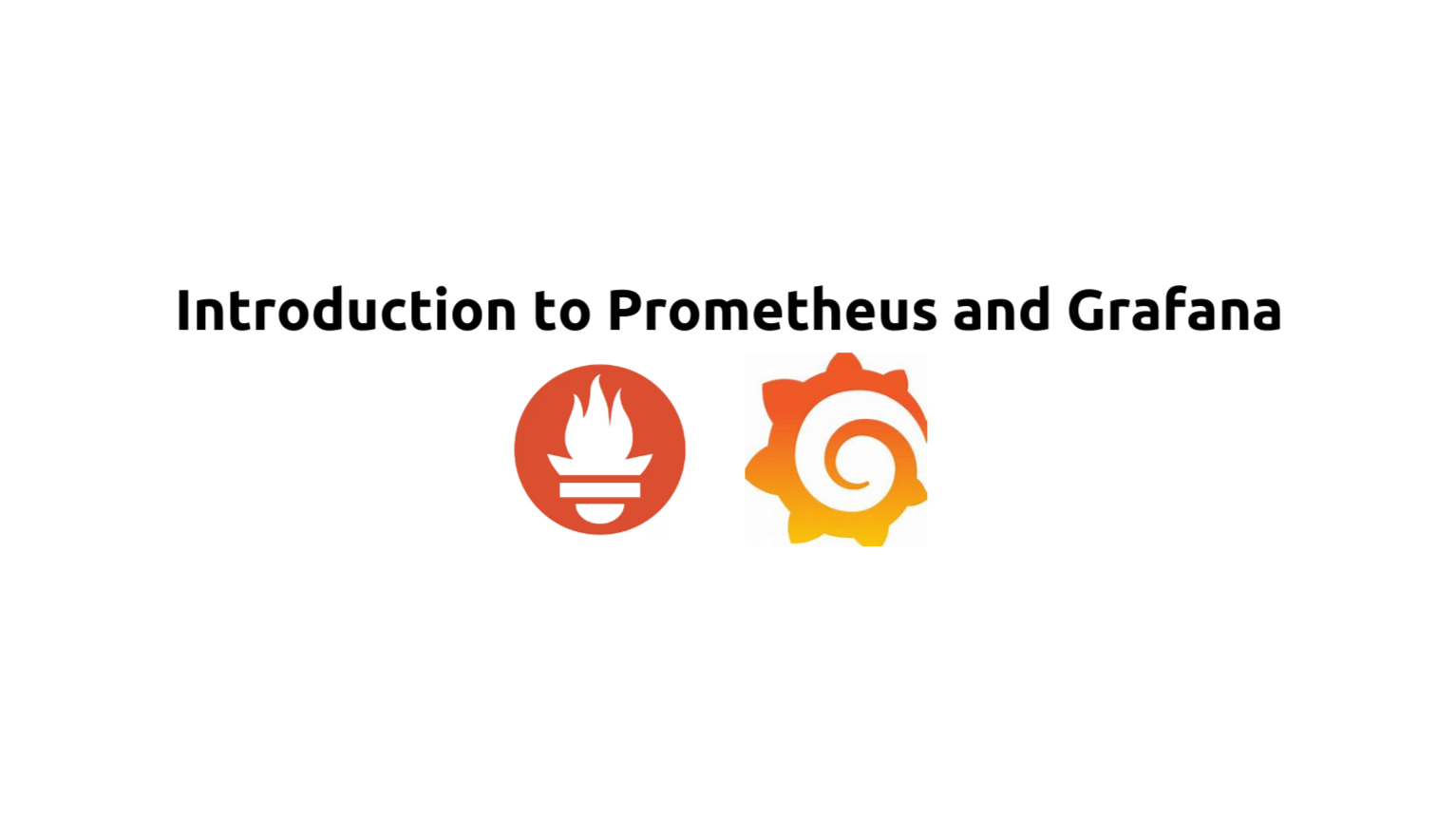Introduction to Prometheus and Grafana
 Saurabh Adhau
Saurabh Adhau
Introduction
In the realm of DevOps and system administration, efficient monitoring and visualization tools are crucial for ensuring the health and performance of systems and applications. Two of the most powerful tools in this domain are Prometheus 🛠️ and Grafana 📊. This article provides an overview of what Prometheus and Grafana are, their purposes, and how they are used together to create a robust monitoring and visualization solution.
What is Prometheus? 🛠️
Prometheus is an open-source systems monitoring and alerting toolkit originally built at SoundCloud. It is now a part of the Cloud Native Computing Foundation (CNCF). Prometheus is designed for reliability, enabling it to monitor and alert even in case of a failure.
Key Features of Prometheus:
Time-Series Data: Prometheus stores all data as time series, allowing for powerful queries and visualizations.
Flexible Query Language: PromQL (Prometheus Query Language) enables complex queries to be written to extract valuable insights from the data.
Multi-Dimensional Data Model: Metrics are identified by a metric name and key-value pairs (labels), facilitating highly granular monitoring.
Alerting: Prometheus has a built-in alerting mechanism that triggers alerts based on predefined conditions.
Service Discovery: It can automatically discover targets to scrape from various environments such as Kubernetes, Docker, and cloud platforms.
What is Grafana? 📊
Grafana is an open-source platform for monitoring and observability that integrates with a wide variety of data sources, including Prometheus. Grafana is primarily used for creating, exploring, and sharing dashboards that provide visual insights into the state of systems and applications.
Key Features of Grafana:
Data Source Integration: Grafana supports numerous data sources, including Prometheus, Elasticsearch, Graphite, and many others.
Custom Dashboards: Users can create custom, dynamic dashboards with various types of charts and graphs.
Alerting: Grafana can send alerts based on data from any integrated data source.
Templating: Allows for the creation of reusable and interactive dashboards with variables.
Annotations: Users can add annotations to mark significant events directly on the graphs.
Using Prometheus and Grafana Together 🤝
Prometheus and Grafana are often used together to provide a comprehensive monitoring and visualization solution. Here’s how they typically integrate:
Data Collection with Prometheus:
Metrics Scraping: Prometheus scrapes metrics from instrumented applications, databases, hardware, and other sources.
Data Storage: The scraped data is stored in Prometheus's time-series database.
Alerting: Prometheus evaluates rules continuously and triggers alerts when predefined conditions are met.
Visualization with Grafana:
Data Source Configuration: Grafana is configured to use Prometheus as a data source.
Dashboard Creation: Users create dashboards in Grafana to visualize the metrics collected by Prometheus. These dashboards can include a variety of panels such as graphs, heatmaps, and tables.
Interactive Exploration: Grafana allows users to interactively explore the metrics, zoom in on specific periods, and drill down into detailed data.
Alert Management: Grafana can also manage and visualize alerts from Prometheus, providing a unified interface for monitoring and alerting.
Benefits of Combining Prometheus and Grafana:
Enhanced Observability: Combining the powerful data collection and alerting capabilities of Prometheus with Grafana’s advanced visualization tools provides a comprehensive observability solution.
Flexibility and Customization: The ability to create custom dashboards and queries allows teams to tailor the monitoring solution to their specific needs.
Scalability: Both tools are designed to handle large volumes of data, making them suitable for environments of any size.
Conclusion
Prometheus 🛠️ and Grafana 📊 have become indispensable tools in the DevOps and system administration toolkit. Prometheus's robust monitoring and alerting capabilities, combined with Grafana’s powerful and flexible visualization features, provide an unparalleled solution for tracking the health and performance of systems and applications. By integrating these tools, organizations can achieve better observability, faster incident response, and ultimately more reliable and performant systems.
Subscribe to my newsletter
Read articles from Saurabh Adhau directly inside your inbox. Subscribe to the newsletter, and don't miss out.
Written by

Saurabh Adhau
Saurabh Adhau
As a DevOps Engineer, I thrive in the cloud and command a vast arsenal of tools and technologies: ☁️ AWS and Azure Cloud: Where the sky is the limit, I ensure applications soar. 🔨 DevOps Toolbelt: Git, GitHub, GitLab – I master them all for smooth development workflows. 🧱 Infrastructure as Code: Terraform and Ansible sculpt infrastructure like a masterpiece. 🐳 Containerization: With Docker, I package applications for effortless deployment. 🚀 Orchestration: Kubernetes conducts my application symphonies. 🌐 Web Servers: Nginx and Apache, my trusted gatekeepers of the web.